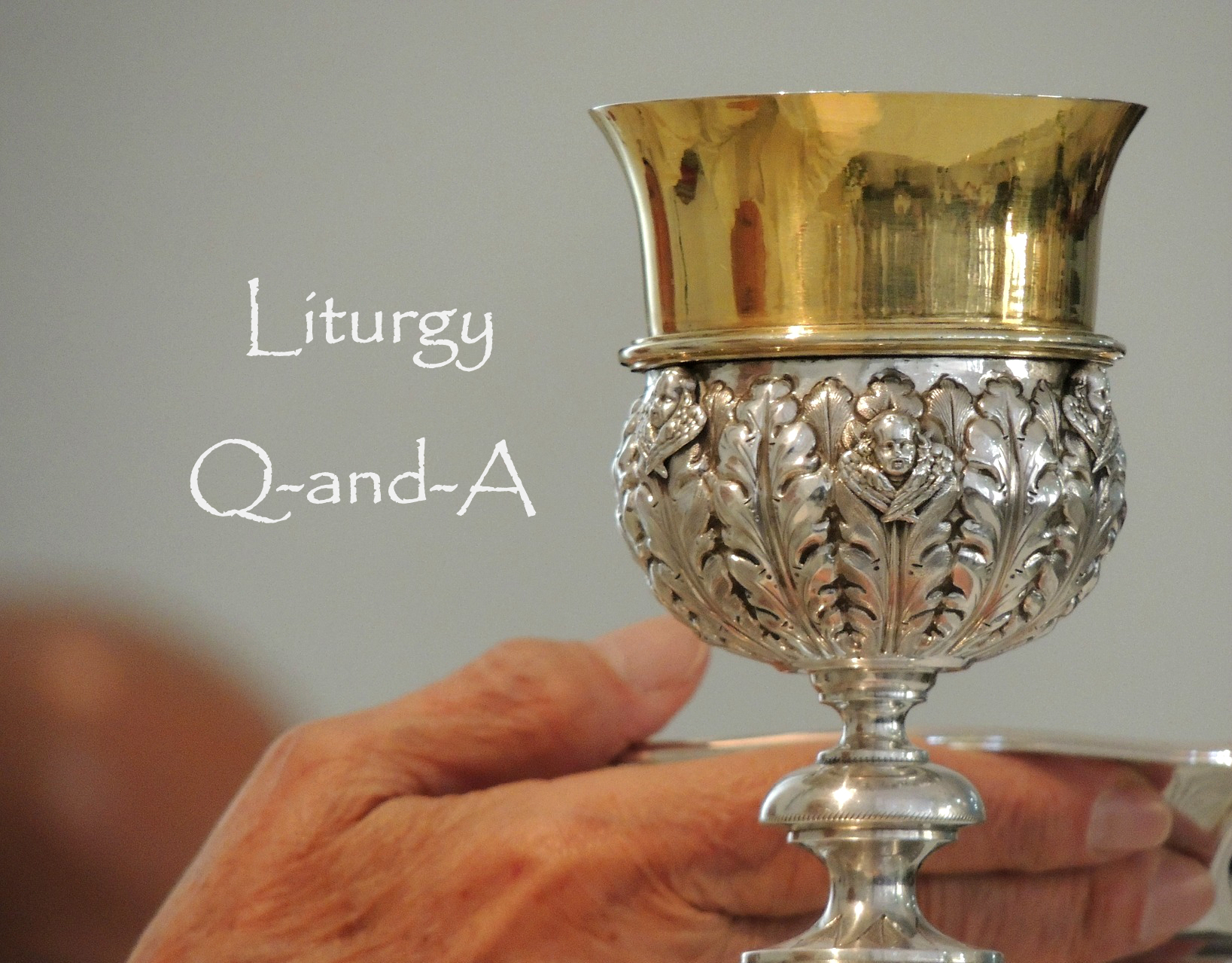Answered by Legionary of Christ Father Edward McNamara, professor of liturgy and sacramental theology and director of the Sacerdos Institute at the Pontifical Regina Apostolorum university.
Q: Recently in my congregation, we have come across a question about the inclination at the doxology during the Liturgy of the Hours. In many of our houses, we have adopted a way to be seated during the psalms as most brothers are getting old. We have come across the history of inclination during doxology. Where does this tradition comes from, and is there any document to which I can refer? Second, most hymns in the breviary dedicate the last verses to the Trinity, but not a doxology itself. Should there be a bow or inclination as well in the liturgy? — G.L., Blagnac, France
A: In the General Instruction on the Liturgy of the Hours we find some indications that might be helpful.
First, it is a legitimate option (and indeed the most common practice) to sit during the recitation of the psalms:
“265. While the psalms and other songs with their antiphons are being said, the community sits or stands according to custom.”
With respect to the use of the Glory be at the end of the psalms, the instruction appeals to tradition and custom:
“123. An antiphon is said at the beginning of each psalm (cf nn 113–120). The custom of concluding the psalm with Glory be to the Father is retained. Tradition has aptly employed this to attribute to the prayer of the Old Testament a quality of praise and a Christological and trinitarian meaning. The antiphon may, if so desired, be repeated after the psalm.”
The General Instruction says nothing regarding bowing the head at the doxology although this is practically a universal custom.
This custom is mentioned in the General Instruction of the Roman Missal. The text of the GIRM, No. 275, regarding liturgical bows, states:
“There are two kinds of bows: a bow of the head and a bow of the body.
“a. A bow of the head is made when the three Divine Persons are named together and at the names of Jesus, of the Blessed Virgin Mary, and of the Saint in whose honor Mass is being celebrated ….”
The custom of adding the Glory be to the Father at the end of each psalm is of Eastern origin and was probably introduced into the Roman Office during the fifth century.
Its introduction might have been motivated, in part, as a means to combat the Arian heresy which denied Christ’s divinity. In a period when the Creed had not yet entered into the liturgy, the doxology took on the role of a brief profession of faith encapsulating its essential elements.
Within the Divine Office, the Glory be at first concluded a brief period of silent prayer that followed each psalm while the monks lay prostrate on the floor. This moment of silent prayer tended to slowly disappear, and the doxology was transformed into the conclusion of the psalm with the bow replacing the prostration.
With respect to hymns the General Instruction of the Liturgy of the Hours indicates:
“173. Hymns have a place in the Office from very early times, a position they continue to retain. Not only does their lyrical nature make them especially suited to the praise of God, but they constitute a popular part since nearly always they point more immediately than the other parts of the Office to the individual characteristics of the Hours or of each feast. They help to move the people taking part and draw them into the celebration. Their literary beauty often increases their effectiveness. In the Office, the hymns are the principal poetic part composed by the Church.
“174. The hymn is traditionally concluded by a doxology, which is usually addressed to the same divine person as the hymn itself.”
Although many hymns still end with a doxology, the fact that bishops’ conferences have introduced original vernacular hymns alongside translations from the Latin treasury means that it is not always the case.
Likewise, as mentioned above, the doxology is not a set formula but is addressed to the divine subject of the hymn and as such does not follow the usual Trinitarian order.
For example, the hymn to Christ the King, Te Saeculorum Principem, concludes:
“Glory be to Thee, O Jesus, supreme over all secular authorities; And glory be to the Father and the loving Spirit through endless ages.”
And the sixth and final strophe of the hymn to the Holy Spirit, Veni Creator Spiritus, says thus:
“Through thee may we the Father know,
through thee th’eternal Son,
and thee the Spirit of them both,
thrice-blessed three in One.”
At a later period, a classical doxology was added as a seventh strophe that is still used in some places. The official liturgical text is the six-strophe version.
Because of these, and other practical reasons regarding bowing while singing a hymn in choir, there is less tradition of bowing at the doxology of a hymn. However, it may be a custom in some places.
* * *
Readers may send questions to zenit.liturgy@gmail.com. Please put the word “Liturgy” in the subject field. The text should include your initials, your city, and your state, province or country. Father McNamara can only answer a small selection of the great number of questions that arrive.



